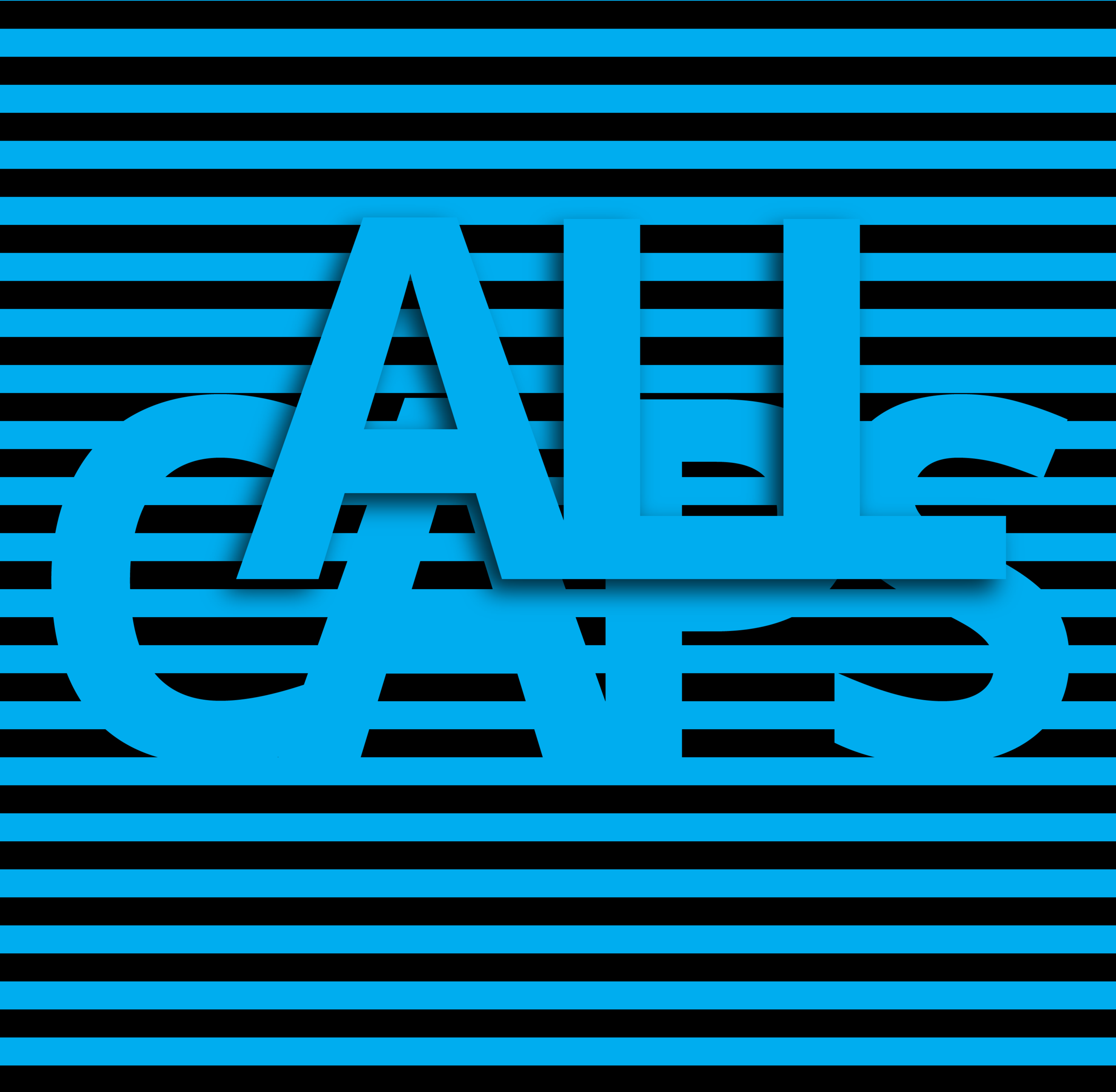How to use a hyphen | TL;DR there are many rules
How to actually use a hyphen… ish
Hyphens can be confusing, but there is a certain logic to them. They have two main uses: to signal a semantic relationship between words and to avoid confusion. Sounds simple, right? No, because English.
You should hyphenate most compounds… unless you shouldn’t
Many compound nouns and compound verbs are hyphenated, but not all, so search engines are really your friend. The fact that compound words don’t all have really have hard and fast guidelines is why the hyphen is one of the trickiest pieces of punctuation to get right.
When in doubt, do your best to use them (or not) to avoid confusion.
And try to be happy that you’ve probably not gotten it wrong.
In general, compound verbs and nouns that have become very commonplace tend to lose their hyphen organically over time… except when they are joined by duplicate letters, like a ton of vowels. In that case they either remain separate or require a hyphen to avoid confusion.
That being said, for noun + noun compounds, there’s also the matter of where the stress lies in the word—if the stress is on the first half, we like to make those words solid. If there’s equal stress, we prefer to style them as open.
Compound nouns:
Takeout
Email
Fire drill
Football
Co-op
Compound verbs:
Overbooked
Babysit
Do over
Re-enter
Re-sign (vs. resign)
Praise be to the Ancient Greeks
To some degree, you can thank the Greeks for this idea—they invented punctuation to show readers how to speak sentences aloud, so at least that helps us understand a basic guideline. How would you say the word you’re trying to hyphenate? (Or not.) That should help you figure out what to do.
Hyphen fun with compounds
Compounds that come before a noun (and so describe it) should always be hyphenated to signal the combination is an adjective.
Compound verb: They needed to puppy-proof the apartment.
Let’s kickstart the campaign today.
Compound noun: You should have some self-confidence.
The greenhouse is full of vegetables, but not ice cream.
Compound adjective: It was a top-notch film.
She has a highly visible tattoo. (Adverbs don’t need hyphenating since they modify adjectives or verbs, not nouns.)
Ages, colours, fractions, and number compounds (in words only) should all be hyphenated.
A three-year-old idea
But not an idea that is three years old
Three-hundred-year-old trees are different to three hundred-year-old trees or three hundred year-old trees
A green-blue hue
But not a hue that is blue green
A half-hour session
But not a half hour
A seven-inch-long wasp
But not a wasp that’s seven inches long
A ten-thirty train
But not a train at ten thirty
When adjectives, nouns, participles, gerunds, phrase combinations, and adverbs (not ending in -ly) are combined to modify a noun, they are normally hyphenated.
Adjective + noun
A top-quality notebook
But not a notebook of top quality
Adjective + participle
A funny-looking face
But not a face that’s funny looking
Adverb + participle
A much-needed break
But not break that’s much needed
Gerund + noun
A running-shoe shop
But not a running shoe
Noun + adjective
A computer-literate grandma
But not a grandma who is computer literate
Noun + gerund
An award-winning mole rat
But not a mole rat that is award winning.
Noun + noun
Tenure-track position
But not a tenure track
Hunter-gatherer
Philosopher-king
Noun + participle
A cake-filled lion
Participle + noun
A cutting-edge technology
Phrases
A matter-of-fact tone of voice
Some compound adjectives are always hyphenated, no matter what, so always check:
The laid-back dude was laid-back.
The state-of-the-art design is state-of-the-art.
Adverbs ending in -ly are never hyphenated:
The beautifully painted picture was loved by all.
Not: beautifully-painted
This highly anticipated event is going to be incredible.
Not: highly-anticipated
But some -ly words are hyphenated… fun!
It was a family-orientated event.
The friendly-looking dog definitely just smiled at me.
Adverb/preposition-noun compounds are normally styled solid:
Upstairs
Onstage
Prefixes and suffixes are normally hyphenated if they are newer combinations or there would otherwise be confusion, and some become solid over time.
Nondescript
Likeable (Like-able could be confusing)
Fluffiness
Generally, I follow AP guidelines:
Don’t hyphenate prefix combos with words that start with a consonant.
Prefix
Predetermine
Unstoppable
Do use a hyphen for prefixes that end in a vowel next to words that start with a vowel or a capital letter.
Co-operate
Re-evaluate
Do use a hyphen for suffixes that create nouns or adjectives not listed in the dictionary. Words not listed that make a verb should remain separate.
I recommend using a hyphen to signify temporary compounds, regardless of prefix or suffix.
Quasi-punk
Like-able-ness
Wasp-like
And yes, there are other uses for hyphens too
Phew. Well, these are pretty basic, thank goodness. Use a hyphen to…
… signify a single word in a line break
… spell out a word, like H-E-L-L-O
… indicate styles of speech
“Because I’m w-w-w-what? SICKENING.”
… add more things to an word that’s already hyphenated
It was a seven- or eight-layered cake
Investor-owned and -operated
… double-barrel names that require it
And, that’s about it. Yay for hyphens. (Ugh, hyphens.)











